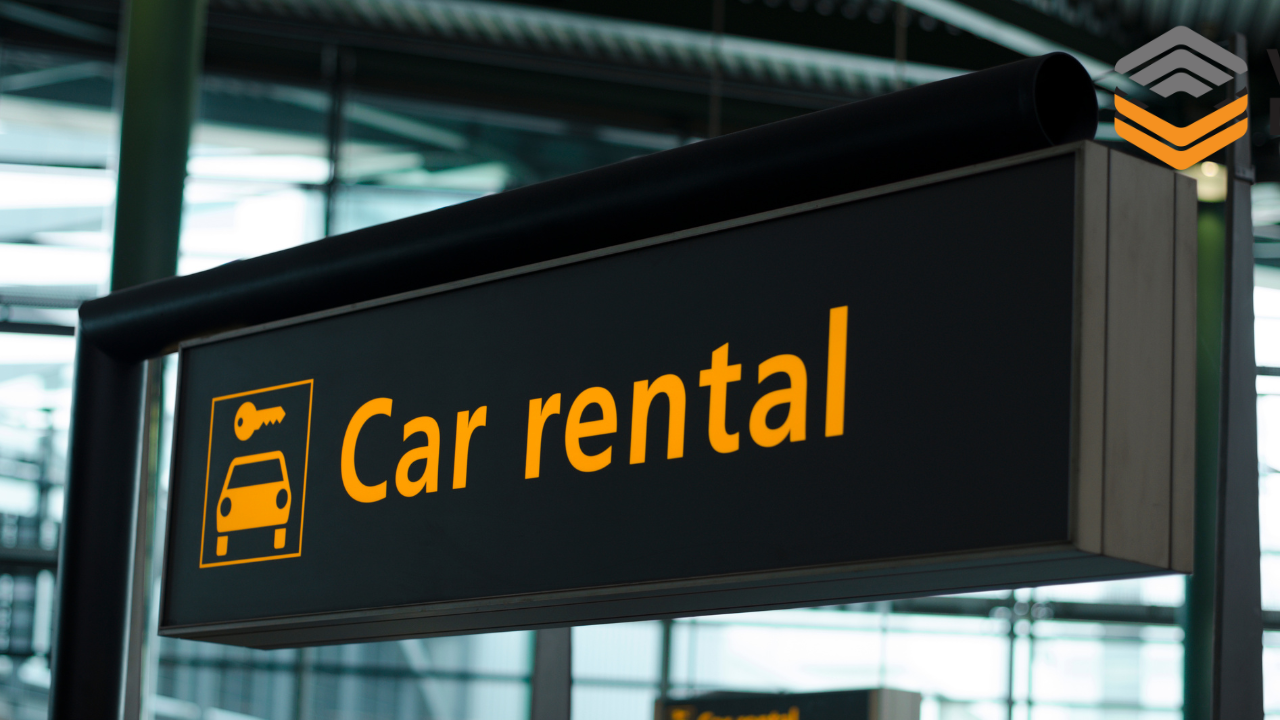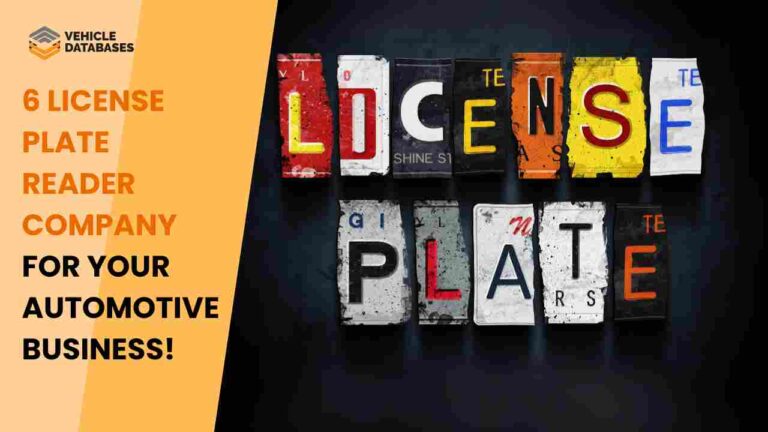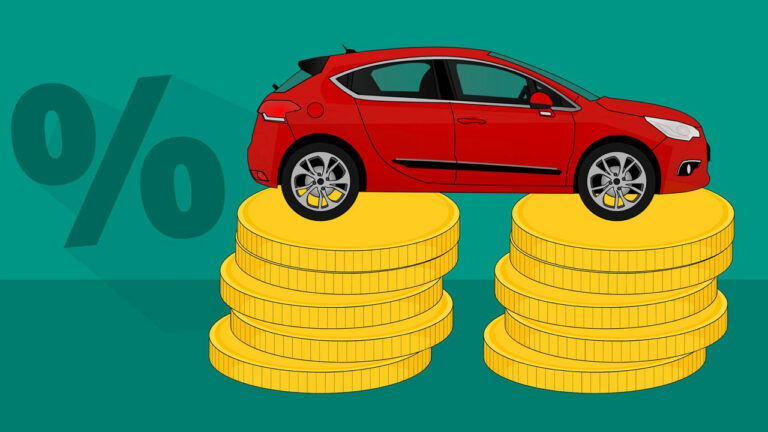Getting the right strategy can help any business, including car rental businesses become highly profitable.
This industry has grown and changed significantly over the past few decades. Initially, it’s main target market was travelers and tourists who needed temporary transportation.
Today, it serves business travelers, vacationers, and locals who need a vehicle for a short period. Is this good enough reason to start one today?
It is known that the profit from the car rental business can reach USD 70.000 per month which we will also describe in this article, but before that, we will first discuss the car rental market value as follows:
Car Rental Market Value
Based on the market data analyzed by Data Bridge, the global car rental market, which has experienced the fast growth during the last few decades, was worth of approximately USD 109. 34 billion in 2023 and is projected to cross USD 188.93 billion in the near future owing to the ever expanding acceptance of online shopping around the globe.
This growth is expected to trend further, with a projected compound annual growth rate (CAGR) of around 13.7% over the next few years.
This means that any car rental business can be lucrative. However, you must be cautious enough to compare the potential benefits against the challenges and costs involved.
How Much Does It Cost To Run A Car Rental Business?
Before discussing the profits, we must understand how much would be spent on startup and ongoing expenses.
Startup costs
Startup costs mainly include acquiring vehicles and setting up the building.
Buying vehicles outright requires a large capital but pays up on the long run by being more cost effective. Leasing, on the other hand, may feel more affordable but proves costly with time.
Setting up a physical location and office space also contributes to the startup costs. You should also consider furnishing, office equipment (computers, phones, etc.), and customer service areas.
There’s also the need to invest in fleet management software and APIs to help you manage your car fleet.
Ongoing expenses
Running your business will come with these expenses, so you need to be prepared:
- Maintenance and repairs: Regular maintenance like oil changes, tyre rotations, etc., and unexpected repairs.
- Insurance and registration fees: Comprehensive insurance and vehicle registration compliance fees.
- Staff salaries and training: Payments for salaries, benefits, and ongoing staff training costs.
- Marketing and advertising: Online ads, traditional media, promotions, and a solid online presence.
Running a car rental business costs between $50,000 and $62,500 per month, though smaller fleets may cost less.
Forecasting the Monthly Car Rental Revenue Streams
The revenue made in a car rental solely depends on the following:
- Fleet size
- Average price per rental
- The utilisation rate
- Add-ons and extra services like GPS, Child seats, insurance, etc.
Let’s take an example here to give you an idea:
- Total Revenue = (Number of Rentals × Rental Rate) + Revenue from Additional Services
Let’s say you have a fleet size of 50 cars with an average daily rental rate of $50. With a utilisation rate of 70% (i.e., 35 cars rented out daily on average), you should have a revenue of:
- Daily Rental Revenue = 35 cars × $50
- Daily Rental Revenue= $1,750
Assuming the rental business operates every day of the month:
- Monthly Rental Revenue = Daily Rental Revenue × Number of Days in a Month
- Monthly Rental Revenue = $52,500
If add-ons and extra services can raise an additional $6,000 per month, you should have a total of $58,500.
Profitability Analysis: Is a Car Rental Business Profitable?
The break-even point can be defined as the time span, that it takes a given business to start earning its initial investments back and make a profit.
To find this point, you need the total fixed costs and the average income per car rental.
For example, if the average rental gives $50 per day and each car is rented for 20 days a month, this implies that each car will generate $1,000.
For fixed cost of up to $50,000 it means that; the car rental needs at least 50 cars rented out for 20 days every month (50 cars x $ 1000 earned per each car= $ 50000) to achieve the breakeven point.
What factors influence the breakeven point in car rentals?
It is of vital importance to understand which characteristics of car rental operations affect breakeven point so that a manager could effectively run their business. Here are some key factors to consider:
- Fleet size: A more extensive fleet can generate more revenue but also increase fixed and variable costs.
- Utilization rate: The higher the percentage of the fleet rented out, the faster break-even point can be reached.
- Rental rates: Higher rental rates increase revenue per rental, reducing the number of rentals needed to break even.
- Cost management: Knowing how to manage fixed and variable costs can help lower the breakeven point.
- Seasonality: High demand in the car rental industry during peak seasons can help cover costs faster, while off-peak seasons may slow progress.
If everything goes well, you won’t need to worry about profits. However, some common obstructions may cause a setback in achieving a breakeven point, such as:
- Fluctuating fuel prices/higher fuel costs
- Stiff competition among rental agencies
- Seasonal fluctuations
- Car damage or accidents
- Changes in government regulations
READ ALSO: How To Manage A Fleet of Vehicles
What is the average profit margin for a car rental business?
Car rental agencies typically have an average gross margin of 30% to 50% and a net margin of 5% to 25%.
The gross margin is the difference between the revenue from renting out vehicles and the direct service costs. The net margin, on the other hand, includes all expenses faced in this calculation. It includes administrative fees, marketing, agency office rent, software and API usage, taxes, and more.
So, if you want to determine your business’s actual profitability, you should pay close attention to the net margin.
How much should a successful car rental agency make?
As you must have understood by now, several factors affect the monthly profits of a car rental business. Look for the net margin to determine whether your business is profitable. However, here are some insights to know if you’re successful or not.
Unsuccessful car rental agency owner
If a small business makes $2,000 monthly in profit, you can count that as an unsuccessful business.
If you neglect marketing and customer service while using less reliable vehicles, you may end up with higher operational costs, which reduces your monthly profit. You definitely want to avoid this situation.
Average car rental agency owner
An average car rental company should profit at least $10,000 monthly. Suppose you put together a decent-sized car rental with reliable vehicles and engage in advertising. In that case, you will likely get more customers and a higher monthly net profit.
You can add smart management, car rental solutions, online booking services, and more. These can earn your business monthly earnings of, let’s say, $10,000, making you averagely successful.
Exceptional car rental agency owner
Imagine making up to $70,000 in profits monthly! That’s truly exceptional. To get there, car rental business owners must invest in high-quality, luxurious, and exotic vehicles, use an advanced marketing strategy, provide exceptional customer service, and use high-tech software for fleet management and car rentals.
With all of these in place, coupled with a good location, reputation, and ease of service, some companies can eliminate operating expenses and make $200,000 per month and around $70,000 in net profits.
Success like this may not come initially, but anyone can get a profitable car rental business with time and the right approach.
Tips on Starting a Profitable Car Rental Business
- Conduct market research: Understand local demand, competition, and customer preferences.
- Choose a strategic location: Near airports, train stations, or busy urban areas.
- Select a diverse fleet: Include economy, luxury, and specialty rental cars to cater to various customer needs.
- Use technology: Use fleet management software and offer online booking options. To get detailed information on your fleet, explore vehicle specifications APIs or vehicle history APIs.
- Focus on customer service: A straightforward rental process guarantees clients’ repeat business with the company.
- Implement dynamic pricing: Adjust rates based on demand, seasons, and special events.
- Offer add-on services: Increase revenue by providing related services as GPS, child seats, and insurance.
- Optimize fleet maintenance: Service all cars and carry out vehicle maintenance regularly so that you do not have to incur costly expenses of having to fix your car later on.
- Develop a marketing plan: It is proven that online advertising, social media and partnerships with travelling agents are useful. So, make a detailed plan.
- Create loyalty programs: Every time you get a repeat customer, offer them a better deal by giving a cut down their fee.
- Ensure comprehensive insurance: Protect against theft, damage, and liability.
- Monitor financial performance: Pay attention to income, the expenses or cost and business profits.
- Stay compliant with regulations: Comply with laws drafted at local, state and federal level concerning vehicle rentals.
- Negotiate supplier deals: Negotiate for good deals for acquisitions of vehicles, their rental/lease, and their insurance.
- Plan for scalability: Grow your fleet count and services according to the business needs.
If you follow these guidelines, you will quickly make good profit in your business and compete with Hertz, Priceline, Sixt, Thrifty and other related business.



